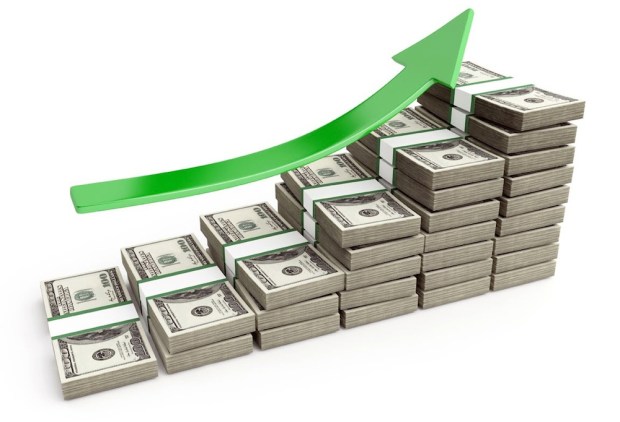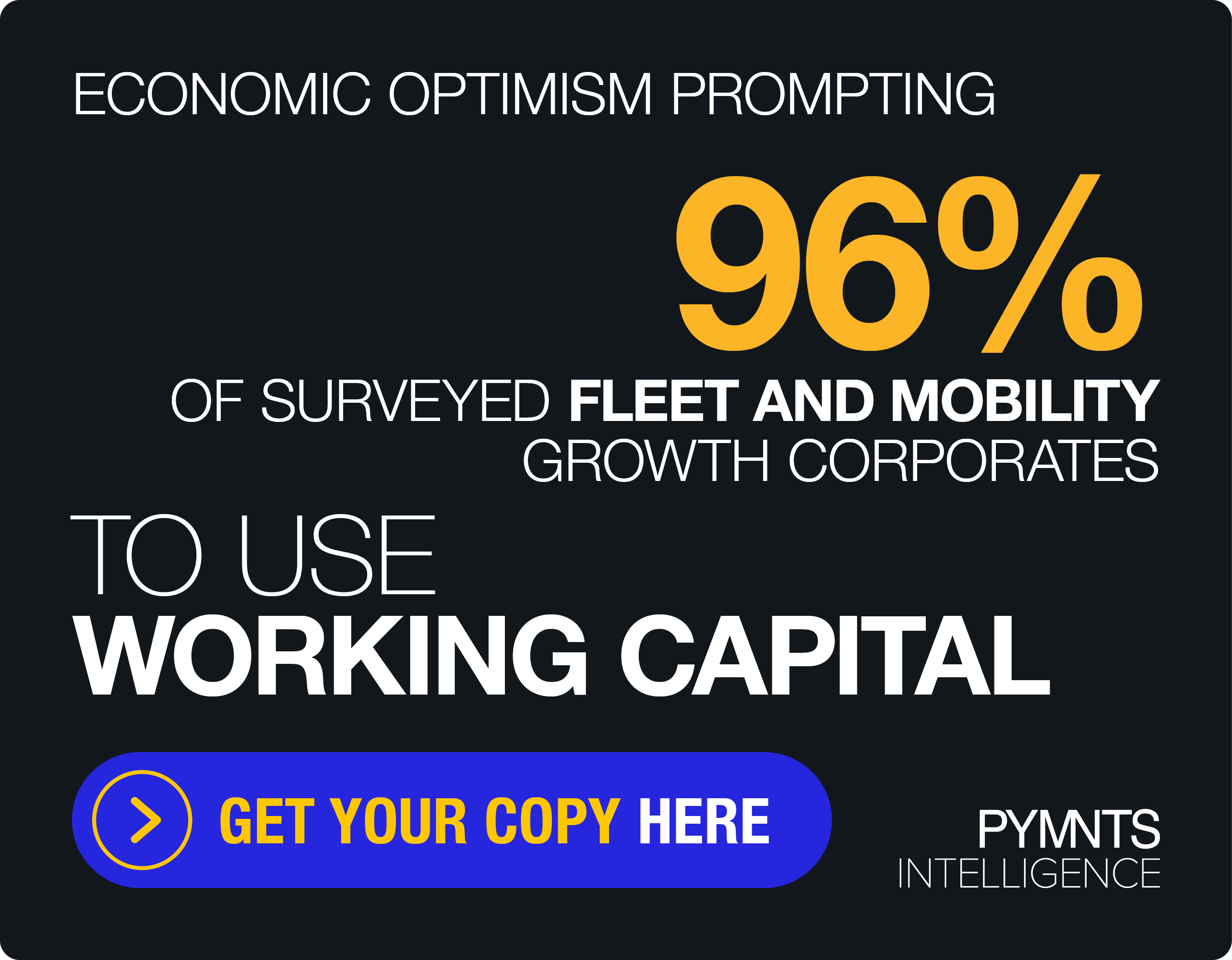Census Bureau Reports Middle Class Income Gain; Can Retail And Payments Keep Up?

The U.S. middle class is making income gains and earning more than ever, but much of the commerce designed to appeal to those consumers — arguably the most significant cultural and economic force in the United States since the defeat of Germany and Japan in 1945 — continues to suffer.
The U.S. Census Bureau reported on Wednesday (Sept. 12) that median household income in the United States hit $61,372 in 2017, a 1.8 increase from 2016 and the third consecutive annual increase in median household income.
While the bureau said that median income — half the country earned more than that mark, and half less — is not “statistically significant” from the late 1990s, the current figure puts middle class earnings on par with its level in 1999, and signals an income recovery from the last deep recession.
“We’re continuing to see a shift from part-time to full-time work, so some of that could explain an increase in income,” said Trudi Renwick, an assistant division chief at the Census Bureau, according to the Washington Post.
Middle Retail
The middle class may be making gains, at least according to Census data, but middle-class retail is a different story, according to some observers.
A recent study found that retail “is thriving” at the high and low ends but “faltering” in the middle. “The 80 percent of Americans who didn’t see their discretionary funds grow in the last decade have become more price sensitive, driving traffic to outlets that sell at the lowest possible price,” reads an analysis of the trend. Revenues for high-end retailers have increased 81 percent, with budget merchants posting a 37 percent gain over the past five years. Merchants serving the middle experienced a 2 percent revenue gain during that same period.
That’s generally good news for, say, luxury brands and low-priced merchants such as Old Navy, but bad news for retailers such as Bon-Ton, which recently filed for bankruptcy after struggling for years with decreasing sales and mall traffic.
Not Amazon’s Fault
Amazon is not the only reason behind shifting retail trends, argued Yaromir Steiner, founder and CEO of Steiner + Associates, a commercial real estate firm, in a recent column. “The hallowing out of the middle class has been far more damaging to traditional retail” than eCommerce, he said. “The bottom line is this: you can’t make the changes you need to make until you understand the reasons for those changes in the first place. The internet isn’t the retail bogeyman — but a shrinking middle class just might be.”
Retail, of course, is not the only area impacted by the fate of the middle class — so are payments and payments networks. That includes one of the traditional rewards for entry into the middle class: a credit card. But demonstrating creditworthiness is often impossible by traditional means — the FICO score — leaving as many as 160 million Americans up the creek with no paddle.
Mastercard recently announced a partnership with Elevate Credit Inc., a company that operates a center focusing on the “new middle class,” a growing cohort of productive yet credit-constrained Americans with credit scores lower than 700 and little to no savings. Without access to traditional credit, the new middle class tends to be limited to more expensive forms of credit, leaving them with few options to meet immediate financial needs.
The middle class might be making gains in income, but it is clear that consumer trends are shifting for that segment — and retailers and payments providers will have to keep up.
